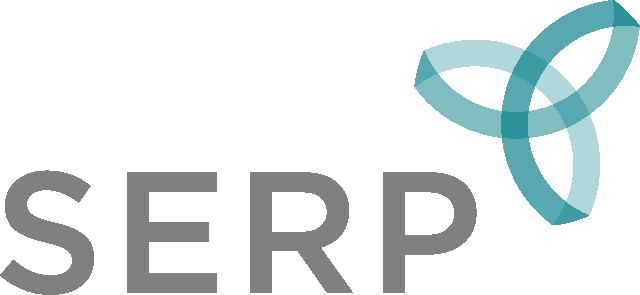Structures, Supports and Resources
Action 3
Adopt common, high-quality instructional materials and assessments.
Achieving the vision of rigorous learning and positive academic identities for all students requires instructional materials that target these goals.
The Problem
Despite rising expectations, instruction in most classrooms does not currently meet rigorous learning goals, as is borne out by the large percentages of students at all grade levels who do not attain proficiency on the NAEP assessment. Changing what is expected of students without providing teachers with instructional materials that focus explicitly on rigorous learning goals and include opportunities for formative assessment is little more than wishful thinking.
What Can Be Done?
It is essential that districts adopt materials that include challenging tasks that require students to think critically (e.g., about historical events, literary characters) and to analyze novel situations (e.g., solve novel problems in mathematics, explain why a hot pack creates heat). Furthermore, the tasks must be organized into instructional sequences that are coherent and build toward targeted learning outcomes. Creating high-quality materials of this type is demanding and requires substantial time and expertise. In our experience, it is a mistake for districts to attempt to create instructional materials themselves both because the task of creating high-quality materials is daunting, and because it requires district content specialists to focus almost exclusively on this task. Other essential aspects of improvement work would then suffer, including designing and leading content-specific professional development for teachers and school leaders, and supporting the development of a cadre of content-focused coaches.
Evidence suggests that most teachers who are expected to use high-quality materials do indeed use the materials as the basis for their instruction.
<16> However, in our experience, a majority of teachers struggle to implement the materials effectively; many lower the level of rigor or challenge of the tasks, thereby taking an important aspect of the intellectual work away from their students. Most teachers will therefore require sustained support if they are to learn to use the materials effectively (see #5). A key characteristic of high-quality supports for teachers’ learning is that they are organized around the instructional materials that teachers are using as the basis for their instruction. It is more feasible for districts to provide supports of this type if a common set of materials is adopted across schools. An added value of adopting common materials is that teachers can then analyze the resulting student work in professional development sessions to determine what students learned in a lesson, and to identify instructional changes that might improve that learning.
